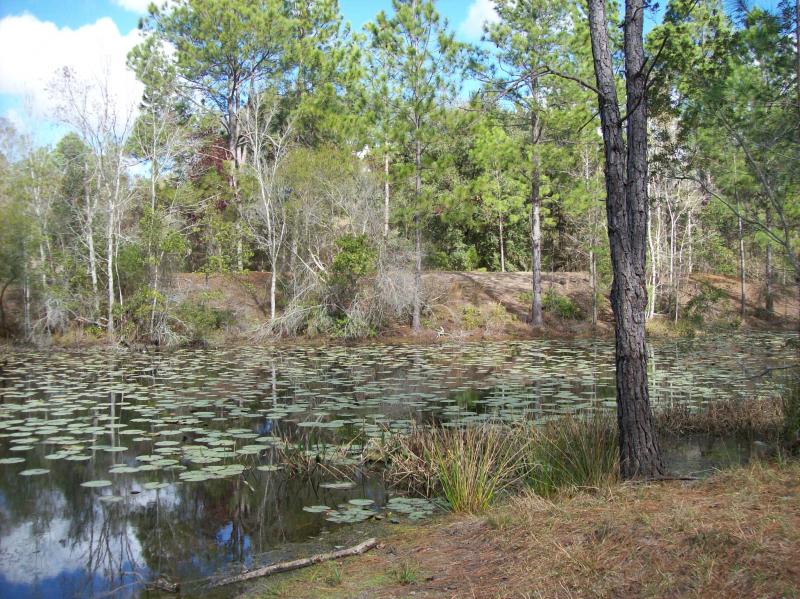The Florida Chapter of The Wildlife Society in conjunction with the Florida Exotic Pest Plant Council held their 2014 Spring Conference during 28 April-1 May 2014 at the Safety Harbor Resort and Spa, 105 N Bayshore Dr., Safety Harbor, FL 34695
The Plenary Session theme was "Breaking Bad in Florida: Gaining Ground on Invasive Plants and Wildlife in the 21st Century". Speakers included Jeff Klinkenberg (Tampa Bay Times), Manley Fuller (FL Wildlife Federation), David Durando (Okeechbee Partners Ranch), Hilary Swain (Archbold Biological Station) and Dr. Ken Langeland (University of Florida). The conference also featured a Symposium (Helping the Public Help Us with Pesky Plants and Wildlife), a Breakout-session on a new conservation decision support tool, oral presentations and a poster session. Field trips and continuing education credits were also offered. A DJed reception, fishing tournament, awards ceremony, and banquet dinner were the fun social highlights as well.
For future conferences, we encourage your participation by giving a presentation on research projects, management updates, field techniques, etc. Our conferences provide a great forum for sharing information with your peers and remember, the subject matter does not have to be related to the plenary theme. We want to hear from everyone!
Important Links
a) Largo Central Park Nature Preserve is a 31-acre nature park virtually surrounded by water. It was the site of the old city landfill. The park houses a regional stormwater treatment plant that removes pollutants from the canal that flows through the park. The canal drains 1,200 acres of Pinellas county. The site was severely inundated with exotics such as chinaberry, brazilian pepper, chinese tallow, air potato and others. As the park was constructed, all the exotics were removed and replanted or seeded with local natives. A release of air potato beetles in July of 2013 is assisting with the maintenance of the air potato vine. The park is home to hundreds of wildlife species for viewing. Over 130 species of birds, otters, red fox, American alligator, marsh rabbits, wild turkey, and bats all feed or live within the park. A 5-mile kayak/canoe route begins at the park and ends at Park Boulevard. Catch and release fishing is allowed at the park. Over 40 interpretive displays educate visitors on the wildlife at the park.
b) Restrooms available at the park.
c) Host/speaker: Greg Brown
f) Invasives that might be seen: air potato, cogon grass, Brazilian pepper, Boston fern, Natal grass, Queen palm, balsam apple, others
g) Discussing management of a fire suppressed property & impact of disturbance.
h) The City of Largo is the the only Sterling Tree City on Florida's West coast, has 3 nature parks where nearly a million dollars in exotic plant removal and maintenance projects have been spent over the past 12 years, and has an award winning urban forestry program.
3) Terra Ceia State Park
a) Major non-native plant infestations, with severe problems primarily with Australian pine trees, Brazilian pepper, guinea grass, cogon grass; feral pigs were widespread. Currently, maintenance by private contractors and FDEP is continuing the “battle” against re-infestation/dominance by non-native plant species. FDEP has made significant inroads in controlling the feral pig problems.
b) Host/speaker is Stephen Raymond
i) Mr. Raymond is a Park Biologist with the Florida Park Service
ii) (727) 421-6272
c) Second speaker: Brandt Henningsen,
i) SWIM Program Lead, SW Florida Water Management District
ii) 813-985-7481 ext. 2202/c 813-917-0108, brandt.henningsen@swfwmd.state.fl.us
f) Invasives that might be seen: air potato, cogon grass, Brazilian pepper, Boston fern, Natal grass, Queen palm, balsam apple, others
g) Discussing management of a fire suppressed property & impact of disturbance. Partnering and coastal wetland restoration/creation will also be featured.
4) Cypress Creek Preserve
a) A 7,400 acre property purchased by SWFWMD to provide flood protection and serve as a public water supply. Cypress Creek is a tributary of the Hillsborough River. Within the property, Cypress Creek threads its way through an expanse of cypress and hardwood forests. Slash pine, longleaf pine and palmetto grow on the higher flatwood ridges. The Cypress Creek property is actively managed by the SWFWMD to control invasive species infestations. Species requiring control include Chinese tallow, cogongrass, air potato, tropical soda apple, Old World and Japanese climbing ferns. Walking through some mud may be required to see some control sites.
b) Host is Mike Terry
i) Mike is responsible for invasive plant control operations on the property. Mike has more than 25 years experience controlling aquatic and upland invasive plants on District managed lands and waters. He is active with the Central Florida Lygodium Strategy and the Nature Coast CISMA.
e) Control of Chinese tallow, cogongrass, air potato, tropical soda apple, Old World and Japanese climbing ferns will be discussed.
5) Kayak Trip
Join Sweetwater Kayaks on a tour around Weedon Island in Tampa Bay. Weedon Island Preserve is located along the northwest shore of Old Tampa Bay in Pinellas County. Today, the Preserve includes approximately 3,700 acres with more than half lying north of Gandy Boulevard. What was once a true island during high tides is now a low-lying peninsula surrounded by several small islands.
Most of the preserve is dominated by aquatic and wetland ecosystems that include miles of mosquito ditches dug in the late 1950s. The upland ecosystems comprise the remaining 1,100 acres of relatively flat, dry lands. Indian mounds and relic dune ridges occur at higher elevations.




